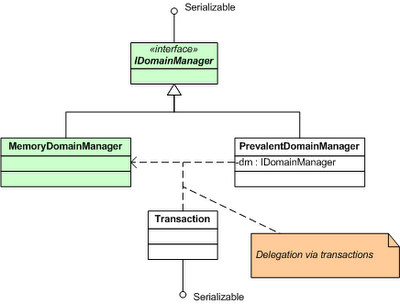The author states that "diagnosing a problem remains an art and requires skill". I like the fact that he evokes art because there is truly a part of instinct in the difficult task of figuring out why a system fails or refuses to do what it is supposed to. Instinct is hard to define and quantify, so what else a developer would need to be successful when chasing bugs?
From my experience, I have retained what I consider the three topmost traits that helps in the art of diagnosis:
- Systematic thinking: software being complex systems, they take a lot of various inputs (configuration, data, user entries...) and turn them into various outputs, with usually one being the desired one. Modifying too much inputs at the same time does not allow to figure out the impact of each modification on the output. Programmers without rigor or a varnish of scientific method will often try to modify many parameters at the same time, which will ruin any attempt to empirically figure out what is causing the issue.
- Pugnacity and thoroughness: some problems are hard to tackle, especially the ones that require a long setup time before being able to test what is happening (think of rebooting a server to release a particular resource before testing). Others require to be able to read through extensive traces without panicking! I have seen many non-rookie developers unable to read a stack trace and I understand why: it is intimidating and requires an effort of will to delve into.
- Hands-on experience: as the saying goes "once bitten twice shy", nothing replaces years of experience, dub it, the numerous blows and slaps you get creating then solving bug after bug. With the current trend of devaluing hands-on experience in favor of managerial skills, hourly rates for programmers are a clear signal that there is nothing good in keeping writing code. Hence when someone gets good at its job of writing code, he is kindly asked to stop doing it and moved to a more desirable (and rewarded) position, leaving projects with rookies who will have to go through years of blows and slaps to become efficient bug killers.
